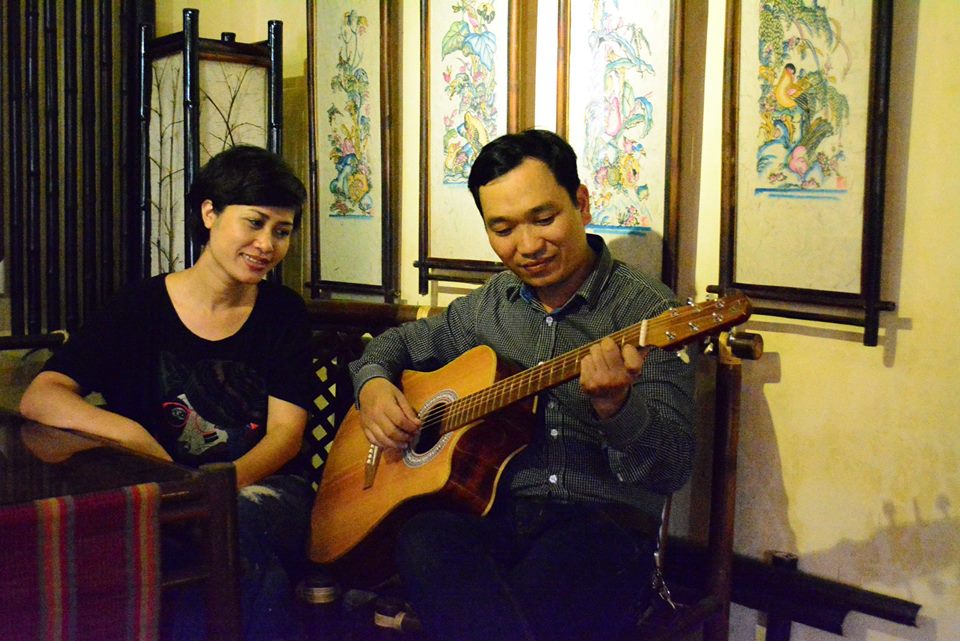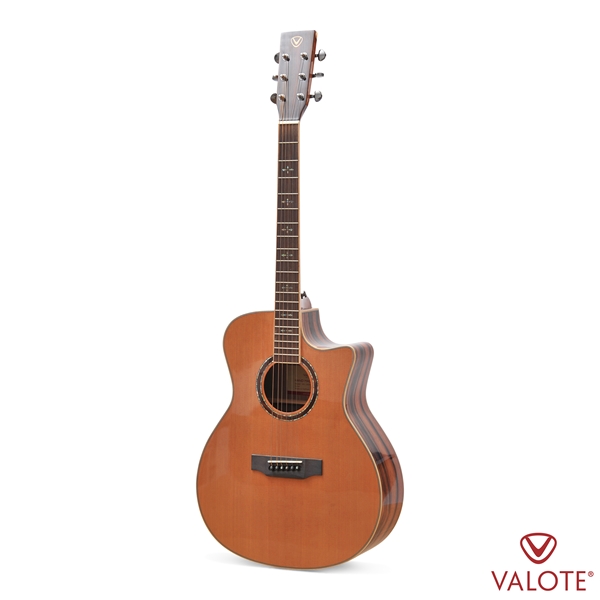Are Your Fingers Too Fat to Play Guitar?
Worry about fat fingers with regards to playing guitar is a concern I hear a lot. Generally it is formed as some sort of statement - "I tried playing guitar, but my fingers are just too fat to hold down the strings."
Most often, these concerns come from slightly older gentlemen who have briefly tinkered with the guitar, but didn't feel like they were having any success.

I'm here to tell you your fingers are not too fat to play guitar.
When I've had new students come to me with these concerns, their problems invariably stem from the exact same problem all new guitarists have...
-
They aren't holding the guitar correctly, so their hand position on the neck of the guitar causes strings not to ring clearly
-
They haven't sufficiently learned to curl their fingers, so that only the tips of their fingers make contact with the guitar string
-
The muscles in their fretting hand haven't developed to a point that allows them to stretch their fingers effectively
Although we cover how to hold the guitar correctly , correct finger position, and basic stretching exercises elsewhere on the site, let's take a moment here to review how each of these apply to guitarists with particularly stubby fingers.

VALOTE GUITAR
-
The Correct Way to Hold a Guitar While Sitting
Seat yourself an armless chair. Sit so that your back rests gently against the back of the chair. Hold your guitar so the back of the body of the instrument comes in contact with the middle of your stomach/chest, and the neck runs parallel to the floor. If playing the guitar in a "right-handed manner", the body of the guitar should rest on your right leg. If you have a stomach which (ahem) "protrudes" and makes holding the guitar properly difficult, try angling the body of the guitar slightly so that the body of the instrument sits flat against your stomach somewhat to the right of your belly button, and the tip of the headstock points out slightly in front of you.
Note that classical guitarists use a completely different posture - the position above is one used by the vast majority of guitarists playing folk, rock, blues, etc.
-
Curling Fingers to Decrease Overall Contact with Guitar Fretboard
Next, concentrate on your "fretting hand" (the hand closest to the neck of the guitar, when sitting in proper position). New guitarists often try and keep the palm of their hand flat against the back of the neck of their guitar, which creates awkward angles for their fretting fingers. This invariably results in unintentionally muffled strings. To avoid this, the thumb of your fretting hand should rest in the middle of the back of the neck, with the top part of your palm facing the fretboard of the guitar. Your fingers should be poised in a slightly curled position above the strings. It is extremely important to keep these fingers curled at the knuckles, except when specifically instructed not to do so. This hand position allows your fingers to approach strings at a much better angle, greatly reducing the opportunity for accidentally muffling strings.
-
Finger Stretches to Improve Reach
This is a problem that all new guitarists - not just those with fat fingers - struggle with. Developing dexterity in your fretting hand takes practice and patience. Fortunately, the internet is full of resources designed to help you work through these issues. One exercise in particular I'd suggest is Justin Sandercoe's finger stretching technique lesson on YouTube . Watch the video and try the technique yourself (very slowly!), making sure to maintain your hand position throughout the exercise - don't shift your hand to accomodate the stretches, as the goal is to increase the reach of your fingers.
-
Choose Your Instrument Wisely
If you've tried applying the above techniques, and still find your fingers to be too stubby to play guitar, you may want to consider a change of instrument, to something with a wider neck. Although there isn't traditionally a huge difference in neck widths between electric and acoustic guitar s, which typically measure 1 11/16" width at the nut ) of the instrument, classical guitars have a wider neck - most commonly 2", which should make fretting easier for stubby fingered guitarists.
I hope this has provided some insight for you stubby-fingered guitarists. I'd encourage you to work hard on the exercises and techniques above before you rush out and buy yourself a new guitar with a wider neck. The chances are good that the hurdles you're dealing with are simply the typical "new guitarist" frustrations. If so, these problems will persist even on an instrument with a wider neck. Best of luck.
Valote
(collectibles: guitar.about)
Pictures are for illustration purposes only